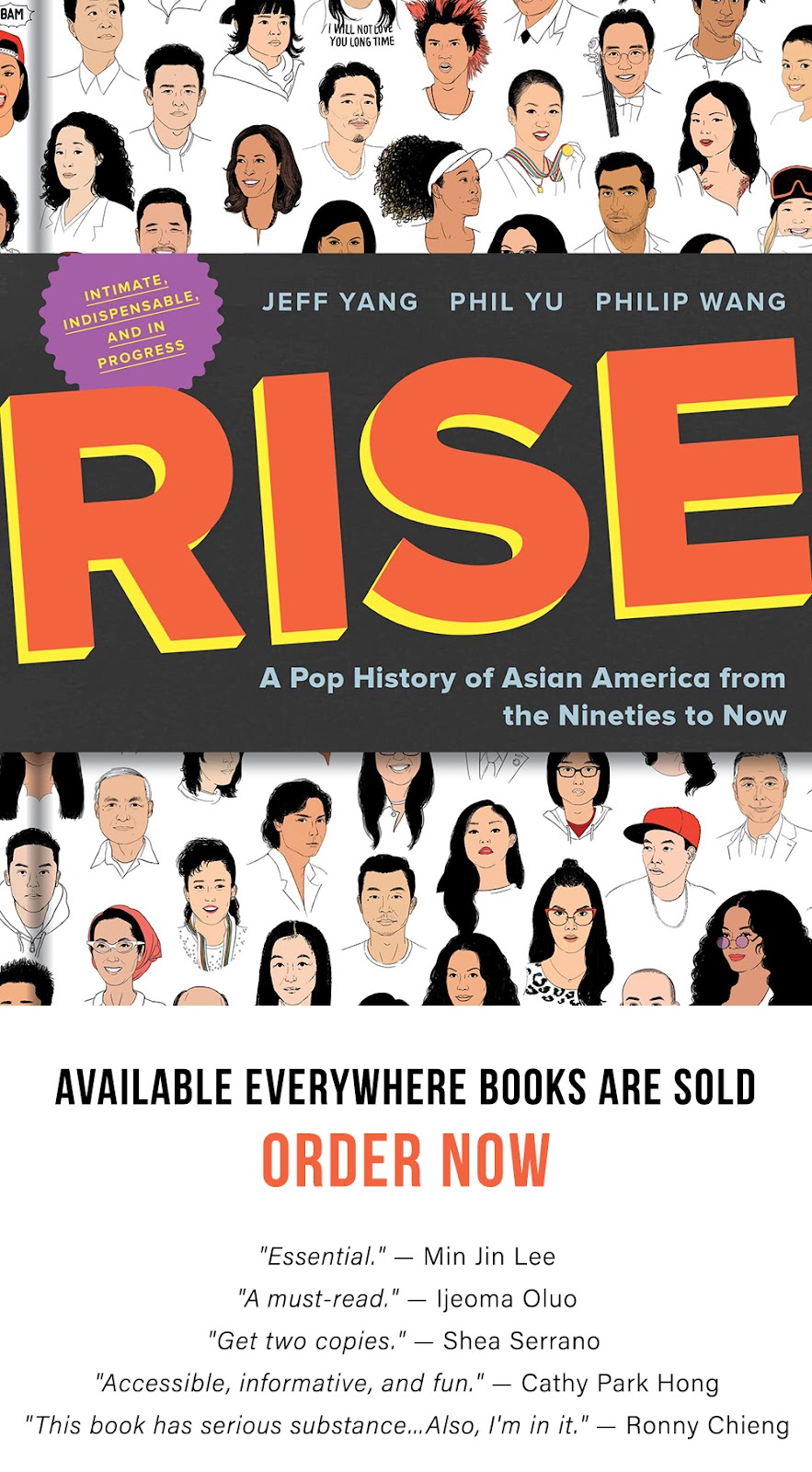The heated debate and rhetoric actually has many precedents in American history. On PRI's The World, historian Scott Kurashige outlines parallels between the controversy over the community center and efforts to block Japanese immigrants from building Buddhist temples and shrines in the decades surrounding World War II: Buddhism and Islam in America.
WERMAN: What goes through your mind as you listen to this very noisy debate on the Park 51 Islamic Center?It's a really great segment. Listen to it, or read the rest of the transcript here. Scott Kurashige directs the Asian Pacific Islander American Studies program at the University of Michigan. His latest book is The Shifting Grounds of Race: Black and Japanese Americans in the Making of Multiethnic Los Angeles
KURASHIGE: I think it actually does bring to mind a number of parallels with what happened to Japanese Americans and Japanese immigrants during World War Two. Just after Pearl Harbor, again the government did arrest anyone they possibly thought could be even a remotely potential threat. In many cases these arrests were unjustified. My grandfather, for instance, had committed no crime. His only act of causing him to be suspicious was to be a Buddhist minister. So, again, roughly 5,000 had already been detained and yet there were so many in American society that felt that was not sufficient. What they wanted was to simply wipe the influence of all Japanese Americans, immigrants who are American born, out of their neighborhoods, out of their cities. And it ultimately led to an extremely irrational case that Japanese were suspected of being threats and saboteurs and fifth columnists. Dr. Seuss even did a cartoon during World War Two which portrayed these bucktoothed Japanese Americans, hordes of them lined up to receive dynamite from a Japanese agent and the caption is, “Waiting for the signal from home” as if every Japanese person in America was a potential threat to society. They sort of looked like a cross between the Lorax and a human being with these Dr. Seuss features.
